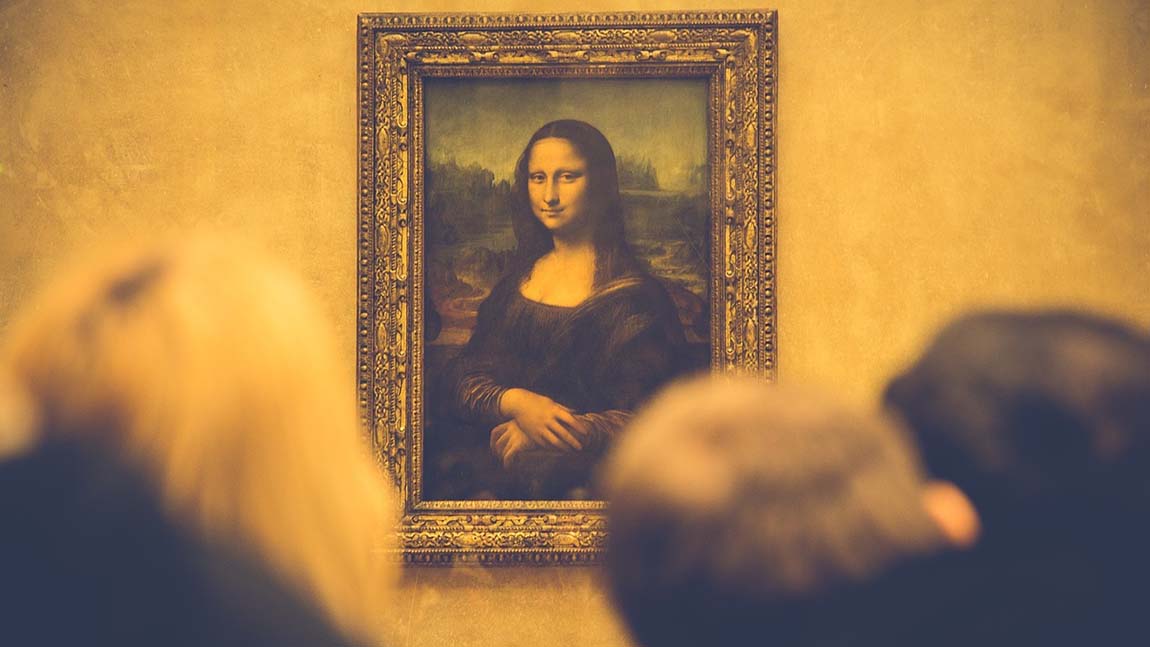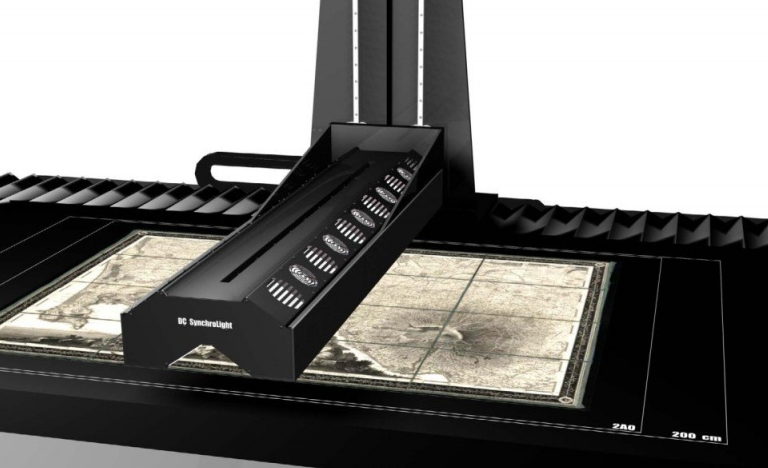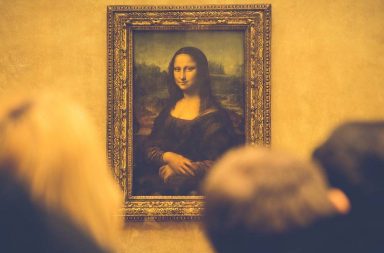Latest Posts

Scanning and Storing Your Art Digitally – A Beginners Guide
Working on high quality art-work in the current generation has a high demand for digitization, even if the original medium is physical. Most of our artwork is promoted and reaches a larger audience when hosted online, therefore, it’s very essential to pay attention to the image quality we produce, so as to best represent out work.
Getting your artwork into digital form via scanning or photographing is easy to do, but difficult to master. Capturing the finer details of an artwork possess its own challenges. In this article, we are going to dig more on how you can scan and digitally store your artwork. We’ll also look at some of the skills required when reproducing your images.
Scanning your Artwork
Scanning your artwork using a scanner is the best method to get your artwork into a digitized form because it can capture the finer details of your work, but only if certain steps are taken beforehand.
Described below, are some important tips on scanning:
- Most artwork scanners used at home are the A4 size, while more sophisticated printers for commercial use goes up to A3 size. Scanner greater than this are not easily found, at this stage, you may require to make a copy of your work, or maybe scan your work in portions and collate them together later.
- Remember to clean the glass of the scanner before any scanning is done. You might not see the dirt or smudge until you are done scanning almost 10 images, which you take you a long period to correct.
- Always take time while scanning, ensuring every scanning is done with precision and correctness – doing this will save you time later on.
- Make a preview on any image you’re planning to scan using the powerful scanner software. On the same note, only select the specific area you intend to scan else it will scan the whole glass of the scanner, taking more time.
- Because you’ll store the artwork been scanned digitally, scan at 300dpi (It easier to reduce to a smaller size later on).
- Save the scanned file as TIFF file (not JPGS) – ensure to note the path you have saved your image, so you may retrieve with ease when need be.
- Learn more about choosing between images formats at Cambridge in Colour.
- If you wish to store them on the internet like in your Google drive, you only open your Google account and upload the images
- (Retrieving the images is quite easy, signing in to your account and locate your gallery)
Upon following the tips above, you are set to go and scan your artwork to keep them permanent on the digital platform. However, to insure that you don’t have your hard work ripped off on the Internet, go ahead and apply watermarks to any artwork to post publicly online. UMarkOnline is a free resource that allows you to do this without any software, but there are many different options, including using Photoshop or other photo editing software to apply your own brand or logo.

Choosing the Right Piece of Art
The right piece of art can complement your space. However, picking one that is perfect for you can pose a serious challenge to most. Most people find the seemingly endless variety of choices to be overwhelming, making the selection process that much harder. Luckily, we are here to help.
 You need to understand that the dominant color of the painting matters. It may be one of the subtler elements of any piece of art but it is of utmost importance. This is because we have an eye for detail. That being said, you will need to find something that complements the other colors in your room. This can mean letting your art be a seamless element in the room or be the focal point that ties it all together.
You need to understand that the dominant color of the painting matters. It may be one of the subtler elements of any piece of art but it is of utmost importance. This is because we have an eye for detail. That being said, you will need to find something that complements the other colors in your room. This can mean letting your art be a seamless element in the room or be the focal point that ties it all together.
In addition to color, you also have to consider the artwork’s size. As a general rule, bigger is usually better. You should also consider the scale and compare it with the other elements in the room. One of the most common mistakes people make is choosing artworks too small for the space.
Make sure to remember these tips and choose the piece of art that speaks to you on an emotional level.

Traditional vs. Contemporary Interior Design
Most people seem to think that there is no science behind interior design. However, the fact of the matter is that, like with any other art movements throughout history, the field has undergone a series of periods with their own distinct aesthetic.
 For instance, there is the traditional interior design style. It is considered to be classic and stems from the European styles of old. Typically, these designs feature elaborate moldings and wood paneling as well as the incorporation of elegant furnishings and antique pieces. In terms of textiles, more expensive clothes such as velvet, cashmere and silk will be used to capture that old world essence.
For instance, there is the traditional interior design style. It is considered to be classic and stems from the European styles of old. Typically, these designs feature elaborate moldings and wood paneling as well as the incorporation of elegant furnishings and antique pieces. In terms of textiles, more expensive clothes such as velvet, cashmere and silk will be used to capture that old world essence.
This is worlds apart from what we call a Contemporary interior design style. More often than not, designers would use wide open spaces and unusual layouts to bring in as much natural light as possible. Designers would also go for neutral colors, as opposed to the vibrant shades commonly associated with traditional designs. Some would even make use of metal sculptures to serve as accent pieces.
These are just some of the different interior design styles. So, be sure to explore all your options.


